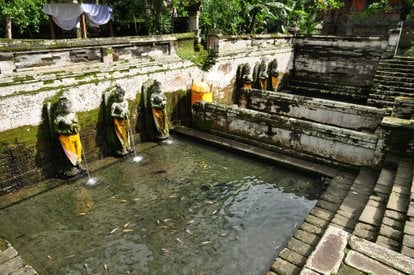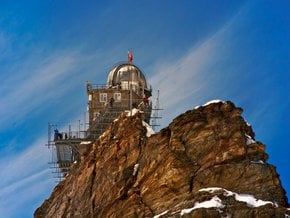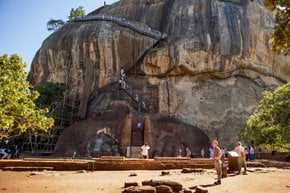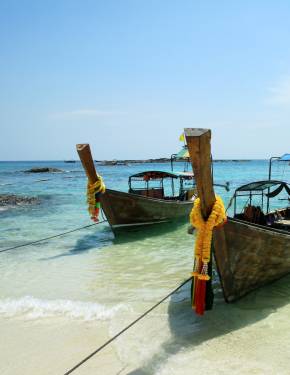Goa Gajah in Bali 2026
The Elephant cave honours Ganesha and scares off evil spirits
Best time: April–October
Goa Gajah, or Elephant Cave, is a UNESCO World Heritage site located on Bali near Ubud. It was built in the 9th century as a place for spiritual meditation. According to one legend, it was created by the fingernail of the giant Kebo Iwa. With both Hindu and Buddhist imagery, the cave contains symbols of Shiva and Ganesha, while there are also carved images of stupas and chattra.
The temple is known for its angry faces that are carved into stone, presumably to ward off evil spirits. The cave is mentioned in the Javanese poem Desawarnana written in 1365. The temple has a large swimming pool that was discovered in the 1950s. It features tall statues pouring water out of jars into the central bath, quite a contrast from the scary entrance. The cave is quite small inside and is still used as a place of meditation and religious offerings.
It's best to visit Goa Gajah during the dry season between April and October since a long walk down the stairs is required to get to the cave's entrance. Also, the best time to head to the cave is early morning before the tourist buses arrive.






















































